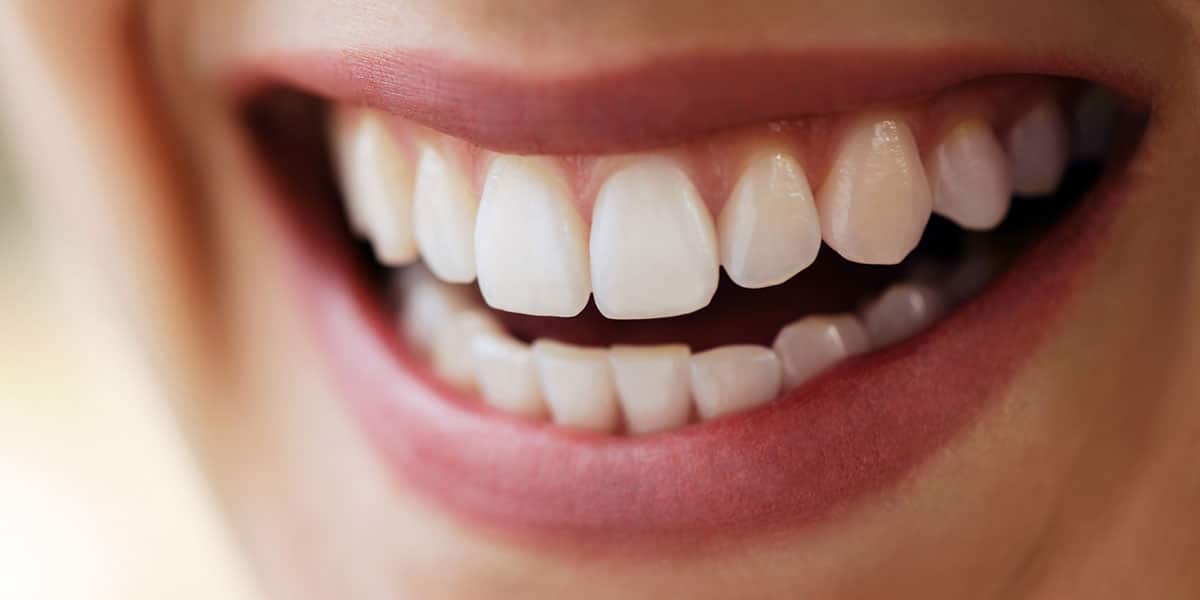A dental bridge is a fixed prosthesis used to replace one or more missing teeth. The bridge is anchored with crowns on the surrounding teeth, creating a strong and durable restoration for patients' smiles. The artificial tooth that fills in the gap of the absent tooth is crafted from durable materials to last for many years without needing replacement. This can be an ideal option for patients who want to avoid the removable nature of partial dentures.
Getting a bridge at Gardens Dental Spa, will require two appointments for your dentist to complete. During the first appointment, the teeth supporting the bridge will be prepped, and impressions will be taken of your smile to send to a lab for fabrication. Once fabricated, you’ll have your second appointment to place the bridge into your mouth and adjust it as needed.

Who Is a Suitable Candidate for Dental Bridges?
If you’ve lost a tooth, you may assume that your only option is a dental implant, and you might be right. However, dental bridges are another option for replacing missing teeth that many patients prefer. Dental bridges literally “bridge” the gap a missing tooth or teeth leaves. A crown is placed on the teeth adjacent to the gap, and a prosthetic tooth is placed in that space. This can be an excellent option for those patients who might not otherwise be able to get dental implants due to bone loss or other concerns. Replacing missing teeth as soon as possible is essential, so they don’t cause the other teeth to shift out of place.
The Benefits of a Dental Bridge
Dental bridges are a method of replacing missing teeth that are supported by adjacent natural teeth or abutments. The teeth on either side of the missing tooth, called abutment teeth, are used to literally “bridge” the gap left by the lost tooth. This is sometimes done with a false tooth in between as well. This false tooth is called a pontic and is fused between two porcelain crowns. These crowns are cemented onto the two abutment teeth with dental adhesive. This creates a strong support structure that mimics your natural tooth structure.
In addition to restoring the appearance of a smile after tooth loss, a bridge can prevent remaining natural teeth from drifting into the space, which can cause misalignment. A bridge can improve daily function and prevent further oral health complications by supporting biting and chewing.
